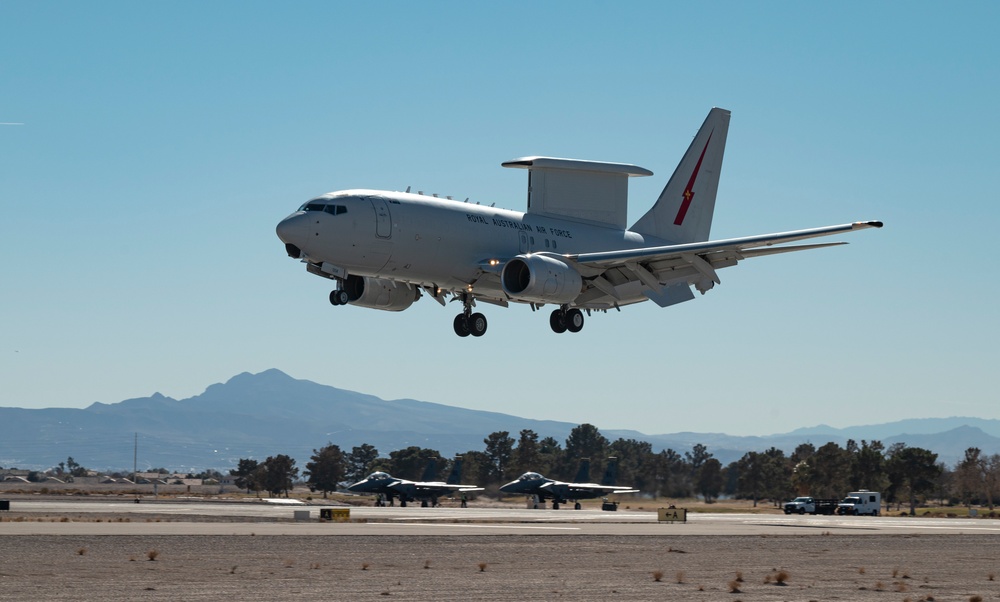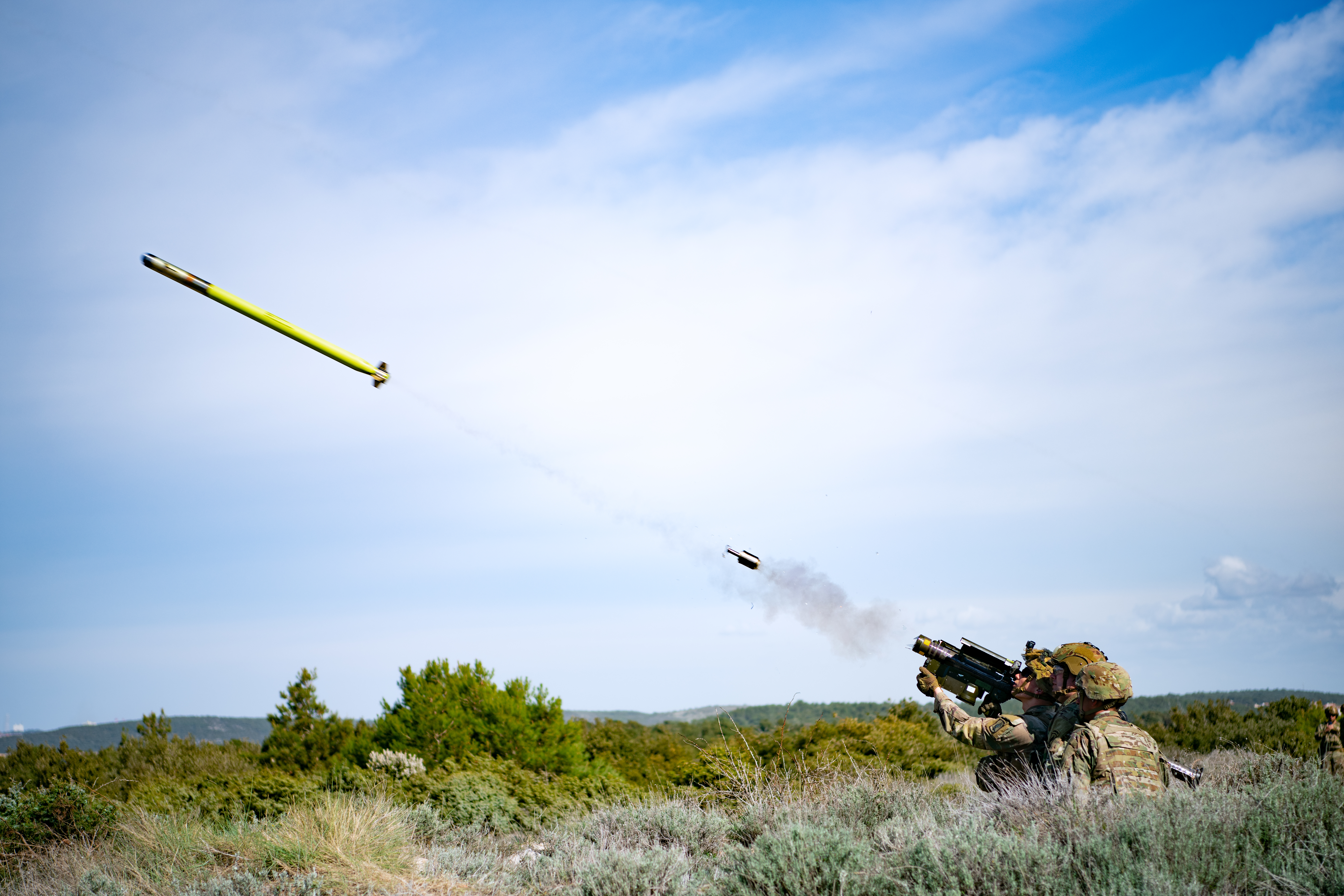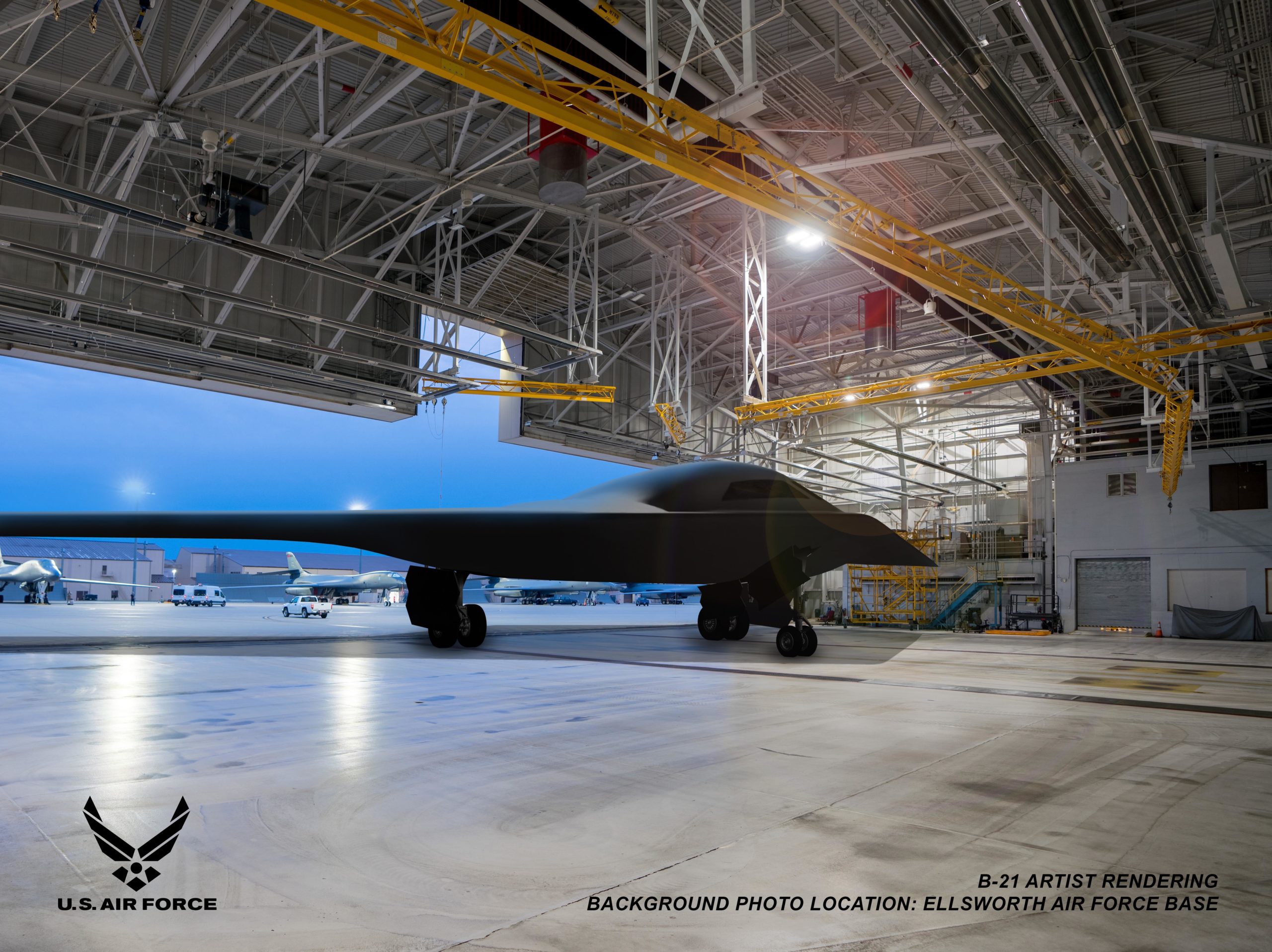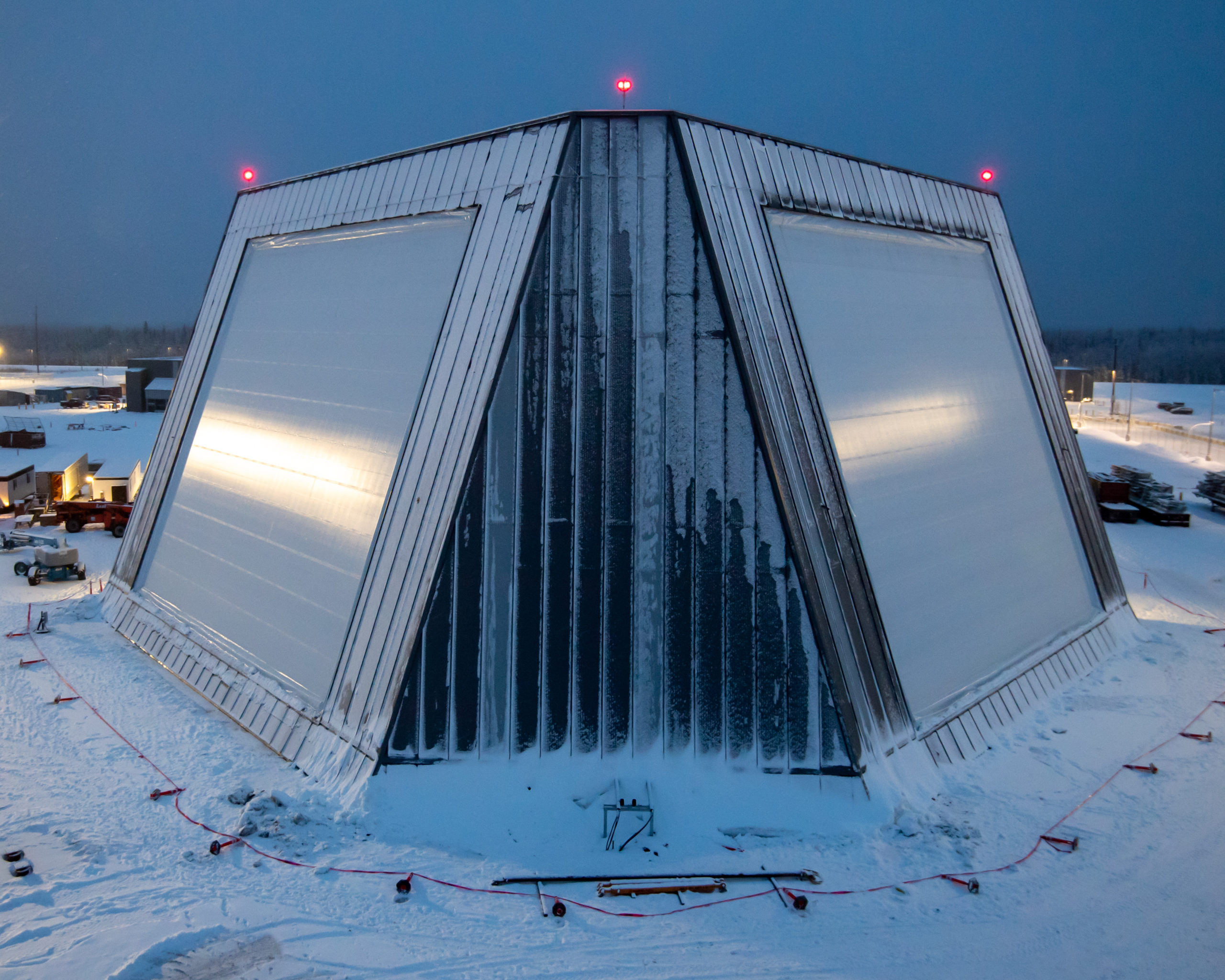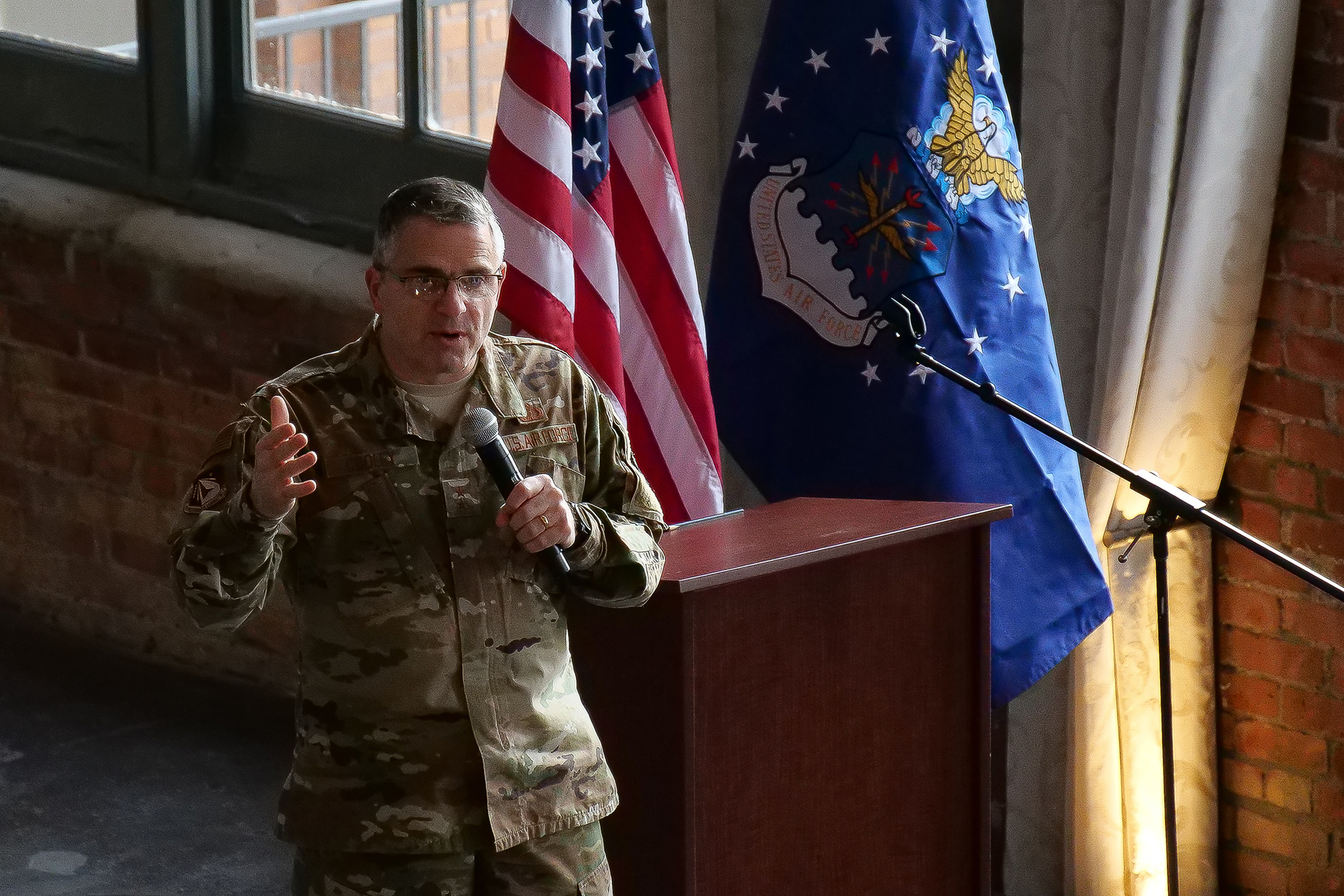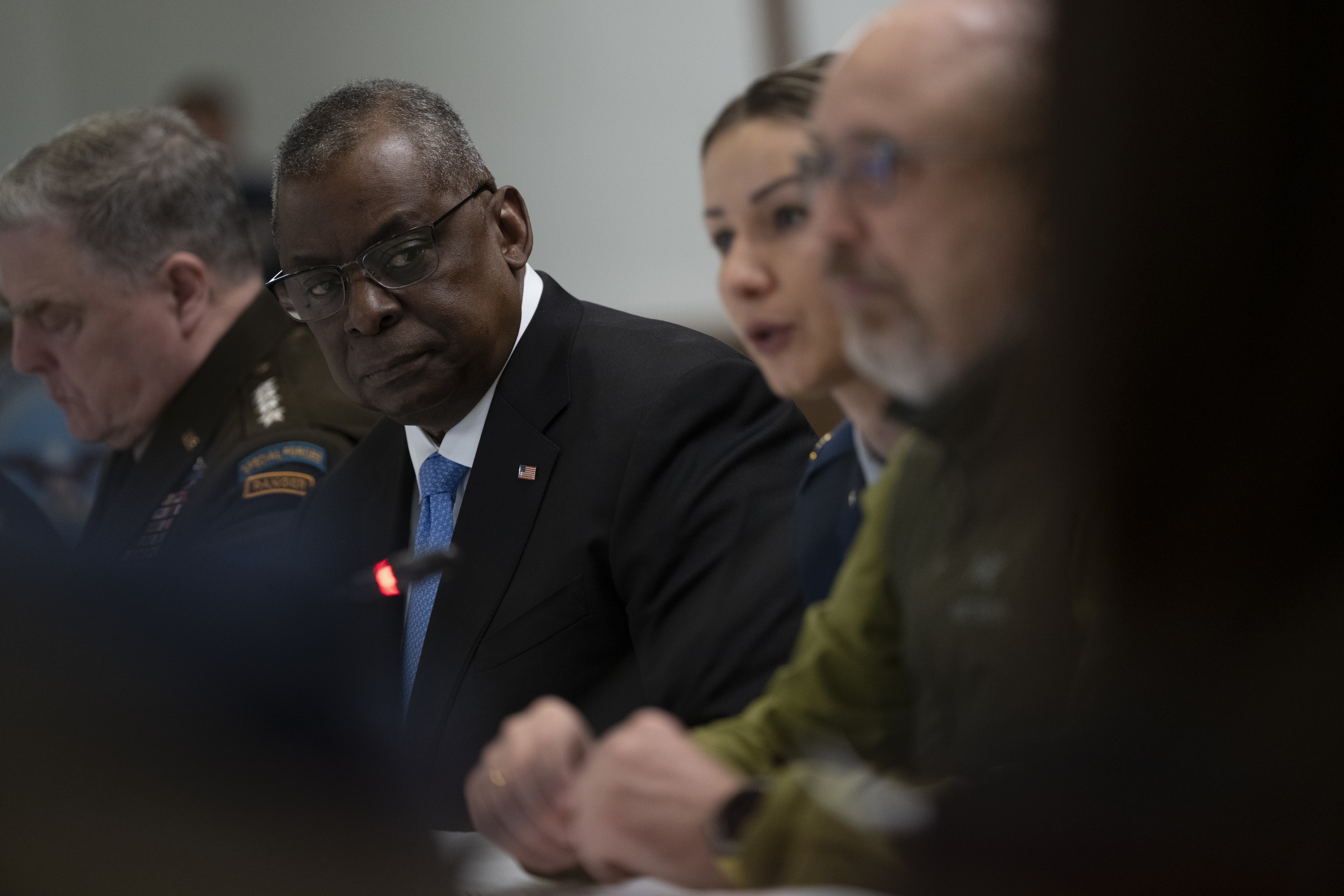Even after one of the nation’s largest private military landlords, Balfour Beatty Communities, pleaded guilty to defrauding the Air Force, Army, and Navy for performance bonuses by submitting false information to the military, employees have continued to submit incorrect or incomplete work order information, a congressional investigation found.
In December 2021, Balfour Beatty, which is responsible for 43,000 privatized military homes across 55 installations, agreed to pay $65 million in fines and restitution as part of its guilty plea after investigations uncovered that from 2013 to 2019, employees maintained two sets of maintenance records at some bases—one detailing issues of mold, asbestos, and leaks that were not promptly fixed; and another set of falsified accounts of quick repairs that allowed the company to collect bonuses from the Pentagon.
At the time, executives told Congress that the company had undertaken “a significant reorganization,” firing employees and improving its training. But a report from the Senate Committee on Homeland Security and Governmental Affairs’ subcommittee for investigations released on April 26 concluded that recent actions by Balfour Beatty “bear striking similarities” to those the company admitted in its guilty plea.
In particular, the report cited “numerous examples since late 2019 of poor conditions in Balfour Beatty’s military housing and disregard of safety concerns and environmental hazards that put military families at risk.”
In a hearing accompanying the release of the report, two service members accused Balfour Beatty of prematurely closing work orders before problems had been addressed, changing work orders to eliminate mentions of mold, failing to make lasting repairs, and more.
Air Force Tech. Sgt. Jack Fe Torres, who is stationed at Sheppard Air Force Base, Texas, told lawmakers that his wife and children began experiencing medical problems after moving into a Balfour Beatty home, raising concerns about mold. Those concerns were initially dismissed by maintenance supervisors, Fe Torres said, but subsequent tests revealed widespread issues with mold in the home.
At the same time, Fe Torres said, work orders were often marked as completed on Balfour Beatty’s online tracking platform, Yardi, before the actual repairs were made. Shoddy repairs also led to more work orders, making it seem as though different issues were happening, instead of the same problem reoccurring. Finally, work orders were sometimes changed by Balfour Beatty to eliminate mentions of mold.
“Originally when we looked at the report, it would be classified as something that’s in there. And then maybe a day or a couple of weeks later, the title will be changed,” Fe Torres said. “In terms of my background, I am a … heating and air conditioning technician. So I’m working on work orders all the time, and I’m able to track and look at these kinds of stuff. And I know for a fact that if a customer puts in a request for a work order, that title should not be changed, and it should not be closed before completion.”
As a result of the mold issues in their home and poor initial repairs, Fe Torres said, his family was forced to relocate to a hotel twice in three months—and Balfour Beatty classified the work order in Yardi as related to “carpentry.”
“What you’re looking at is what you’ll see across the board at all of the Balfour Beatty installations,” Rachel Christian, the chief legislative officer for Armed Forces Housing Advocates, told the Senate panel. “They are taking what is a hazard in a home and making it a simplified request. So that when the seven-year maintenance history … is provided to the next tenant, it’s not going to be correct. Also, it’s way easier to close out a carpentry request than it is to provide a full-scale mold remediation.”
In a separate panel, Balfour Beatty executives disputed the conclusion that the evidence provided by Fe Torres and others in the report constituted a broader pattern of misconduct.
“I reject the suggestion that it’s a systemic failure,” Richard C. Taylor, president of facility operations, renovation, and construction, told Sen. Jon Ossoff (D-Ga.). “You cited [a] case that you just read with 12 emails, 11 emails—As I shared with you, we’re a company that processes 280,000, on average, emails annually. Things go wrong. We don’t always get it right the first time. We’re not perfect. … What’s important for us is that we understand where our shortcomings are and we take action to correct those deficiencies.”
Taylor also touted the company’s customer satisfaction ratings. In 2021, he said, it received an average score of 4.53 out of 5 from more than 40,000 survey respondents.
Ossoff noted, however, that previous Balfour Beatty executives similarly pointed to high customer satisfaction ratings in 2019, when the fraud scandal was still ongoing.
“Why should a company convicted of major criminal fraud, that engaged in a scheme to defraud the United States, remain in a position of trust, responsible for the safe housing of the hero service members and their families on installations across the country?” Ossoff said.
In response, Taylor pointed to new practices introduced since 2019, including no longer linking bonus pay to internal performance reports and better oversight.
But for Fe Torres, Balfour Beatty still stands out as one of the most difficult privatized housing operators to work with.
“I’ve been stationed two other places and never once had any issues. Especially where they know my background, they know what I do, they’ve always, when we put a work order in, [they’ll say], ‘We’ll be there right away.’ They come out to fix it, and we never had any issues. My family never had any problems.
“I can be at work, and I have deployed twice, three times, and I’ve never had to be worried. I’m an instructor, and every time we put a work order in [with Balfour Beatty], I’m having to be at the house because my wife is scared that they’re going to blow her off, because they don’t want to talk to the spouse. They just want to talk to the military person, because if I see something wrong, they can just go ahead and tell my leadership, and then I get in trouble for it.”



